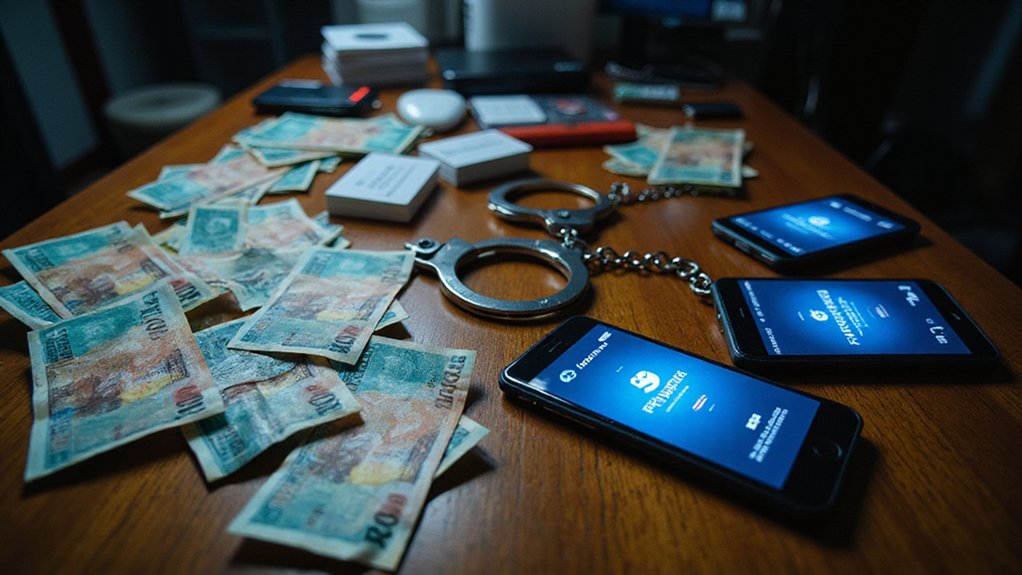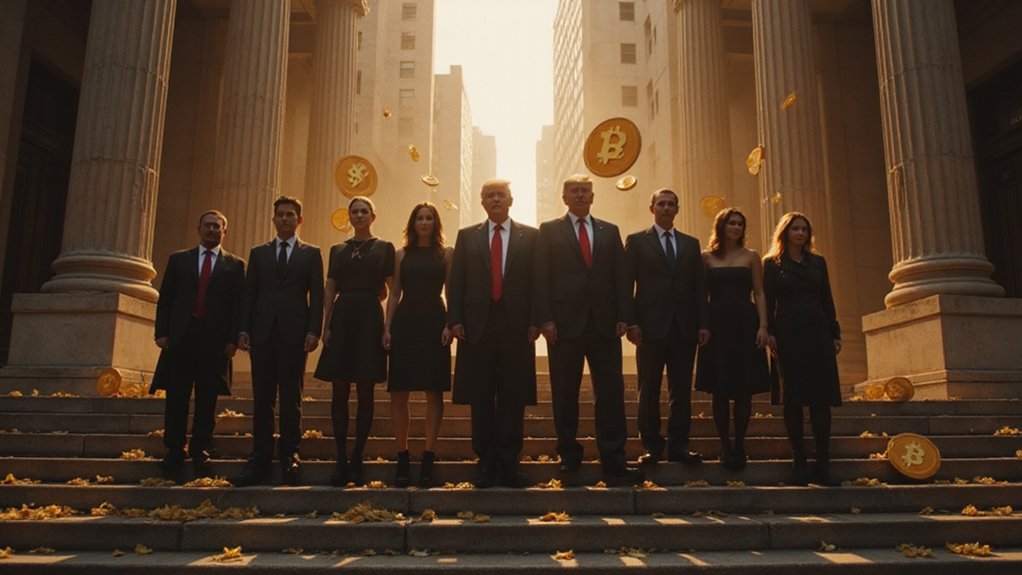Billionaire Michael Saylor, whose $9.5 billion net worth has become inextricably linked to Bitcoin’s fortunes, finds himself defending cryptocurrency’s most fundamental assumption: that its cryptographic foundations won’t crumble under the weight of quantum computing‘s theoretical sledgehammer.
His confidence isn’t entirely misplaced—Bitcoin’s architecture contains several quantum-resistant features that even its critics grudgingly acknowledge.
The cryptocurrency’s single-use address system creates an inherent defense mechanism.
Public keys remain hidden until transactions occur, limiting quantum computers’ attack windows to brief exposure periods.
Additionally, Bitcoin’s p2pkh addresses utilize hashed public keys rather than raw cryptographic material, adding another layer of obfuscation that quantum algorithms must penetrate.
Saylor’s optimism extends beyond Bitcoin’s current defenses to its adaptive capabilities.
The decentralized network’s governance structure allows for rapid implementation of quantum-resistant solutions—assuming the community can achieve consensus before quantum computers achieve cryptographic supremacy.
Developers are already working on post-quantum protocols like QuBit, which would introduce quantum-resistant signature schemes through soft forks.
The timeline favors Bitcoin’s survival prospects.
Most quantum computing experts project meaningful cryptographic threats emerging between 2025 and 2035, providing a window for implementing solutions like Quantum Resistant Hash (P2QRH) protocols.
These systems utilize signature schemes specifically designed to withstand Shor’s algorithm attacks, which represent quantum computing’s primary weapon against current cryptographic standards.
What distinguishes Bitcoin from other potential quantum targets isn’t invulnerability—it’s adaptability combined with economic incentives for protection.
The network’s proof-of-work system could theoretically migrate to stronger algorithms like SHA-512 if necessary, while its decentralized structure guarantees no single point of failure exists for quantum attacks to exploit.
Innovative solutions like the Lightning Network continue to enhance Bitcoin’s scalability and security features, demonstrating the ecosystem’s commitment to technological advancement.
Current blockchain analysis indicates that approximately 25% of circulating Bitcoins remain vulnerable to quantum attacks due to exposed public keys in older transaction formats.
However, Bitcoin’s proof-of-work security would face square root reduction under Grover’s algorithm, dropping from 256 bits to 128 bits of effective strength.
Saylor’s stance reflects broader confidence in Bitcoin’s technical resilience compared to traditional cryptographic systems.
While quantum computers pose significant threats to conventional encryption methods, Bitcoin’s layered defenses and upgrade mechanisms provide multiple fallback positions.
Whether this confidence proves prescient or foolhardy depends largely on quantum computing’s development timeline—and the Bitcoin community’s ability to implement solutions before theoretical threats become practical realities.









